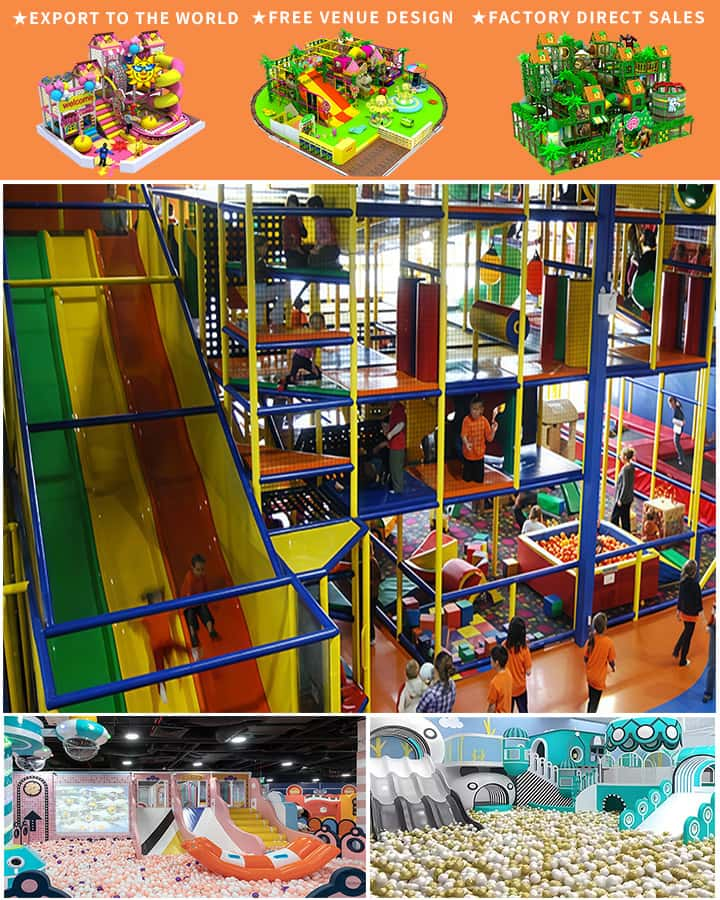In an era where digital technology pervades every aspect of our lives, finding the perfect balance between outdoor play and screen time has become a challenge for many parents. However, the fusion of traditional playgrounds with modern video games offers a compelling solution that caters to the diverse interests of children today. This innovative blend not only enhances the joy of physical play but also incorporates elements of digital excitement, creating a holistic recreational experience. Here’s how combining kids’ playgrounds with video games can provide unparalleled fun and developmental benefits.
The Evolution of Playgrounds
Traditional playgrounds have long been cherished as sanctuaries of childhood joy, promoting physical activity, social interaction, and imaginative play. From swings and slides to climbing frames and seesaws, these spaces allow children to engage in unstructured play, fostering creativity, motor skills, and emotional well-being.
However, the digital revolution has introduced new forms of entertainment that are equally captivating. Video games, with their immersive worlds and interactive challenges, offer cognitive stimulation, coordination training, and opportunities for strategic thinking. Integrating these two realms can create synergies that amplify the advantages of both.
Synergizing Outdoor Play and Digital Gaming
Several innovative approaches have emerged that successfully merge playgrounds with video games, offering a unique and enriching experience for children. Here are a few notable examples:
1. Interactive Playground Equipment
Imagine slides that double as racing tracks on a video screen or climbing walls adorned with augmented reality (AR) features that transform into virtual adventures. Interactive equipment integrates sensors and projection technology to gamify physical structures, encouraging children to engage in playful competitions and cooperative quests. This approach keeps kids active while subtly introducing them to digital concepts.

2. Playground Apps and Games
Many modern parks now feature dedicated apps that transform the entire playground into an interactive gaming landscape. These apps use GPS technology to overlay digital challenges onto the physical environment. For instance, children might embark on a treasure hunt that requires them to navigate through the park, solving puzzles and completing tasks at various checkpoints. Such activities combine the best of outdoor exploration with the thrill of digital gaming.
3. Gamified Learning Stations
Some playgrounds incorporate educational gaming stations that blend physical play with learning. These stations might include touchscreens embedded in traditional playground apparatus, offering educational games related to science, mathematics, or history. By engaging in these activities, children can learn valuable skills while enjoying the fresh air and physical exertion.
Benefits of Blending Playgrounds and Video Games
The integration of video games into traditional playgrounds offers multiple benefits that go beyond mere entertainment:
1. Enhanced Physical Activity
Video game consoles and mobile devices are often blamed for sedentary lifestyles among children. However, when combined with physical play, these digital elements can encourage more movement. Interactive games that require physical actions, such as jumping or running, promote cardiovascular health, muscle development, and coordination.
2. Cognitive Development
Video games, particularly those with problem-solving and strategy components, can enhance cognitive functions like spatial awareness, memory, and decision-making. When these games are integrated into playground activities, children can enjoy mental challenges alongside their physical exertions, fostering overall brain development.
3. Social Interaction
Playgrounds are inherently social environments where children learn to cooperate, share, and resolve conflicts. Incorporating multiplayer video games into these settings can facilitate collaborative play and teamwork. Whether competing against each other or working together to achieve common goals, children develop social skills and build lasting friendships.
4. Technological Literacy
In our increasingly digital world, technological literacy is crucial. By incorporating video games into playgrounds, children become familiar with technology in a safe and controlled environment. They learn to navigate digital interfaces, understand game mechanics, and apply critical thinking—all while enjoying themselves outdoors.
Conclusion
The harmonious blend of kids’ playgrounds with video games represents the future of recreational spaces, offering a balanced approach to play that leverages the strengths of both physical and digital domains. This innovative fusion not only makes outdoor play more enticing but also ensures that children benefit from the cognitive and social advantages of digital gaming. As we continue to explore ways to enrich the lives of young ones, combining the best of both worlds may well pave the way for a healthier, happier, and more engaging childhood.




